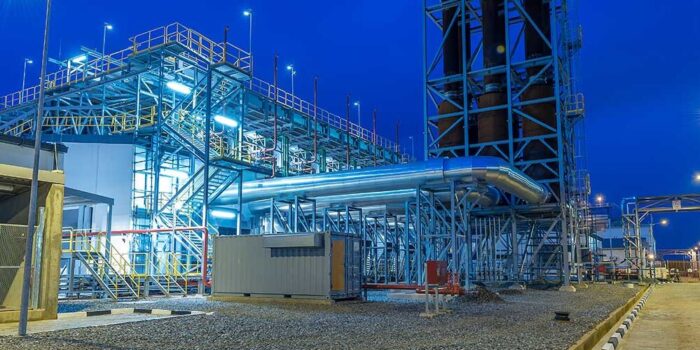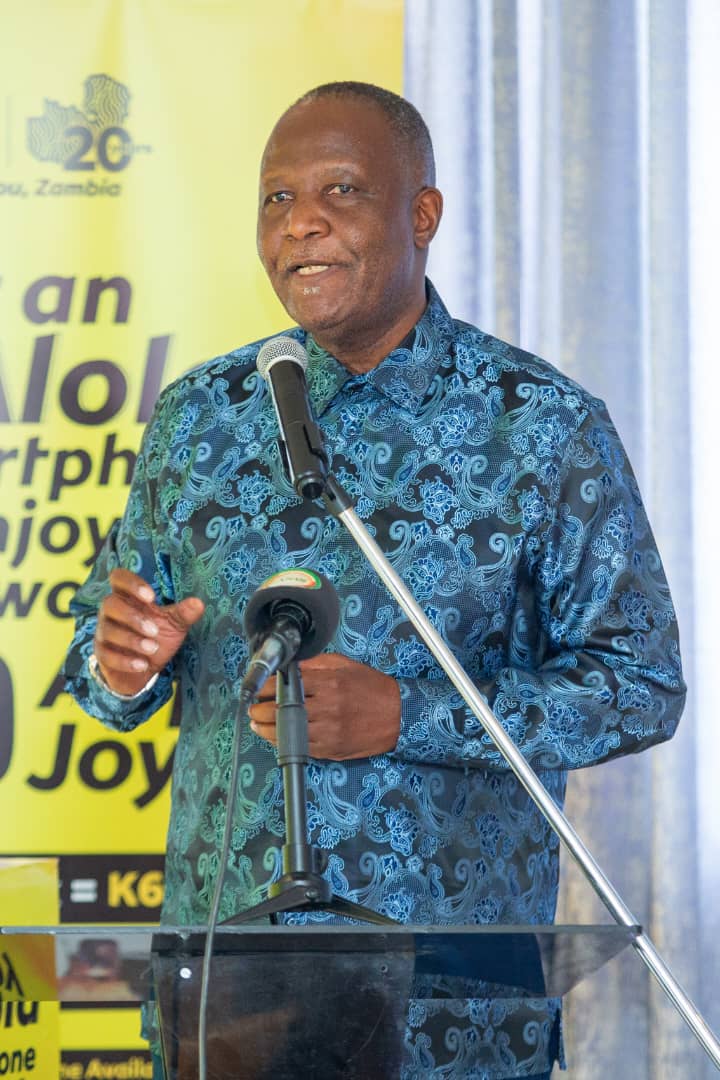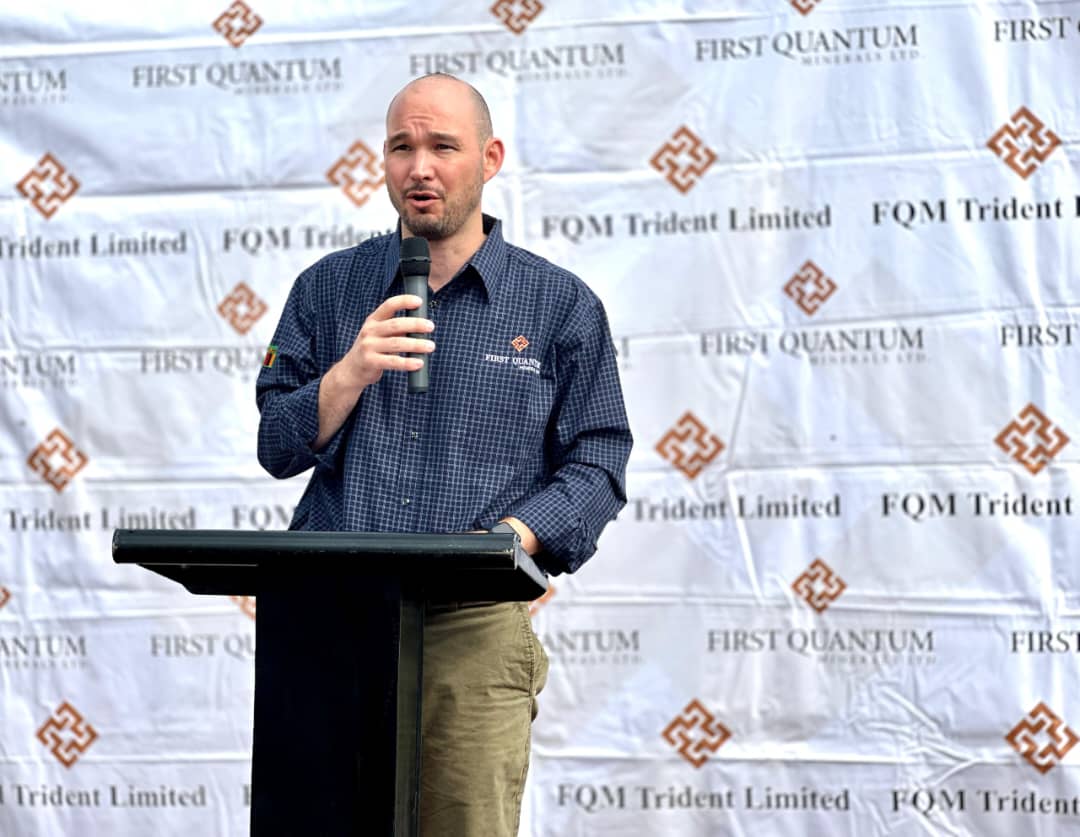(Copperbelt Katanga Mining)-Hichilema remains determined to keep his election campaign commitment of exterminating load management through creating stable power supply to citizenry.
Energy poverty is counterintuitive to Zambia’s growth especially at a time the Southern African nation grapples with debt distress and is in the middle of a debt restructure. Zambia faced a similar crisis in 2015 – 2016 period where drought induced a power crisis. In this period the copper producer faced a foreign exchange crisis with sharp currency depreciation, inflation spiral and soaring interest rates as an autopsy. These market factors worsened Zambia’s fiscal posture as a result.
The Zambian authorities will seek to visit Kariba North Bank and Maamba for an onsite inspection after which they will meet on Monday to review progress.
Africa’s second largest copper hotspot faces an energy poverty crisis as climate risks heighten. The power utility in Southern African nation has rolled out a 12 hours rolling blackout schedule as it seeks to ration electricity.
The power deficit is as a consequence of soaring hydrological risks as dam levels at the worlds largest man made dam the Kariba, plummet to record lows. This has impacted electricity generation affecting not only Zambia but its liberation struggle neighbor Zimbabwe.
Head of state Hakainde Hichilema on January 07 called for an emergency meeting of energy stakeholders to deliberate on solutions for a problem that has dogged the red metal producer for over 50 years now.
The meeting further established that independent power producers should come on board and that any law that impedes this process should be dealt with urgently.
Zambia’s power market follows an oligopolistic model with the state utility ZESCO being the largest supplier of electricity. The copper producer is in the labyrinth of energy reforms and just had cost of service of study results released by Energy Market and Regulatory Consultants, a UK based firm.
Zambia’s power needs are expected to grow 95% to 2049 with a $14 billion investment required to absorb 4,163 mega watt energy needs.
Hichilema remains determined to keep his election campaign commitment of exterminating load management through creating stable power supply to citizenry.
Energy poverty is counterintuitive to Zambia’s growth especially at a time the Southern African nation grapples with debt distress and is in the middle of a debt restructure. Zambia faced a similar crisis in 2015 – 2016 period where drought induced a power crisis.
In this period the copper producer faced a foreign exchange crisis with sharp currency depreciation, inflation spiral and soaring interest rates as an autopsy. These market factors worsened Zambia’s fiscal posture as a result.
The Zambian authorities will seek to visit Kariba North Bank and Maamba for an onsite inspection after which they will meet on Monday to review progress.








